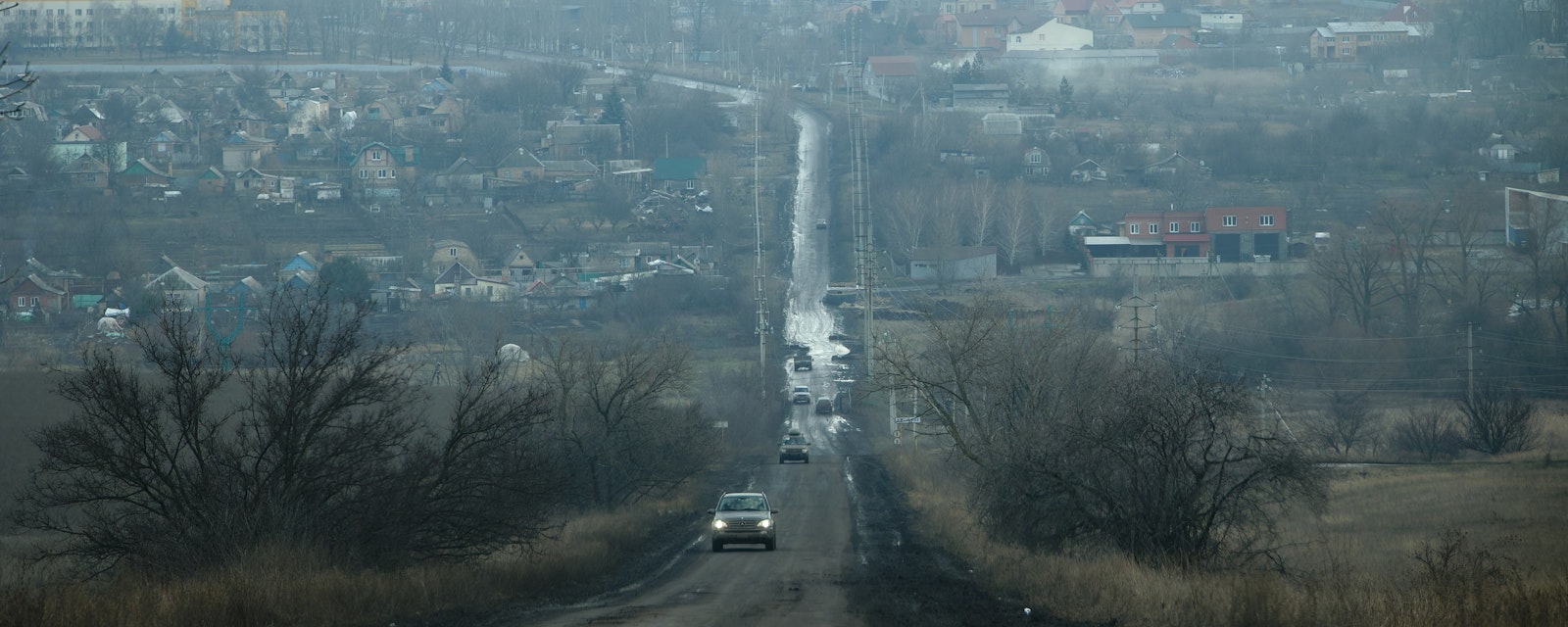Ukraine’s counteroffensive has not achieved the presumed military and political objectives so far and the prospects of a breakthrough appear limited.
Kyiv is expected to adopt a more defensive approach if uncertainty about US military support continues, and Russia intensifies its land and air attacks in winter months. The initial signs of wavering public and political support for Ukraine will likely embolden the Kremlin to continue its invasion at least through 2024.
Despite inflicting significant losses on Russian armed forces, Ukraine’s four-and-a-half-month-old counteroffensive has not achieved major territorial gains nor managed to slice through Russia’s “land bridge” to Crimea. Limited progress to date tempers hopes of a breakthrough in the near term, especially as the autumn weather makes large-scale movement of heavy military equipment more challenging, and Russia is ramping up pressure in other parts of the frontline. Still, Ukraine’s operations on the left bank of the Dnipro River in the Kherson region should be watched; also, Kyiv might still strengthen its southward push towards the city of Tokmak in the Zaporizhia region.
Although the intensity of the counteroffensive will likely decrease in the coming months, Ukraine is likely to try to sustain pressure on Russian forces to prevent them from regaining offensive potential and make their military presence in southern Ukraine and Crimea increasingly problematic. In this respect, longer range missiles supplied by Western allies as well as increasing domestic production of drones might be instrumental. However, continued military supplies from the US will be one of the key factors that will determine the duration of Ukraine’s counteroffensive and its ability to sustain offensive operations in winter months. Unless the political stalemate in Washington is resolved and a Ukraine aid package can be approved in the coming weeks, Kyiv might be forced to adopt a more defensive stance and start conserving munitions and military equipment.
Meanwhile, Moscow is attempting to regain the initiative on the battlefield. Its recent attacks along the Kupyansk-Svatove-Kreminna line, near Bakhmut, and in the Avdiivka direction demonstrated Russia’s ability to form new offensive units and political willingness to use them even while defending from Ukraine’s counteroffensive. The rapidly expanding domestic military production and additional supplies from North Korea and Iran could further boost Moscow’s potential in the months ahead. Another round of (partial) mobilization could substantially heighten Russia’s offensive potential, but this would be a highly unpopular move ahead of the presidential election in March.
From a political perspective, the counteroffensive so far has not put Ukraine in a better position for any potential negotiations, nor convinced Kyiv’s allies that the Russian armed forces can be pushed back from the occupied territories with current levels of military support. Conversely, it has exposed the vast scale of military and human resources needed for Ukraine to liberate the occupied areas. Such needs are unlikely to be met in the foreseeable future due to political and capacity constraints in the West. With the Israel-Hamas conflict now becoming as the most pressing issue for Kyiv’s allies and continuing uncertainty about US military support before and after the 2024 US presidential election, a strategic plan for what comes after Ukraine’s counteroffensive appears unclear.
As previously noted, public fatigue with the war is growing across the EU. At the same time, the share of Ukrainians that agree to territorial concessions to Russia in exchange for peace and independence has increased from 10% to 14% in the past six months. In this context, rising external pressure on Kyiv to restart negotiations with Moscow cannot be ruled out.
The first signs of wavering public and political support for Ukraine in the West will likely embolden the Kremlin to continue its invasion at least through end-2024, hoping to break Ukraine’s domestic resilience and outlast its allies’ determination to continue supporting Kyiv. Politically, Putin’s regime appears to be stable, and the brutal elimination of Yevgeny Prigozhin sent another stern warning to any potential challengers. The 2024 presidential vote will likely be used by the Kremlin to reaffirm Putin’s leadership, his alleged legitimacy, and to demonstrate public support for the war. The economic and fiscal situation in Russia is more challenging, but the Kremlin is managing to pursue a slimmed down list of priorities reflected in the draft 2024 budget, which primarily focuses on social and military spending.




